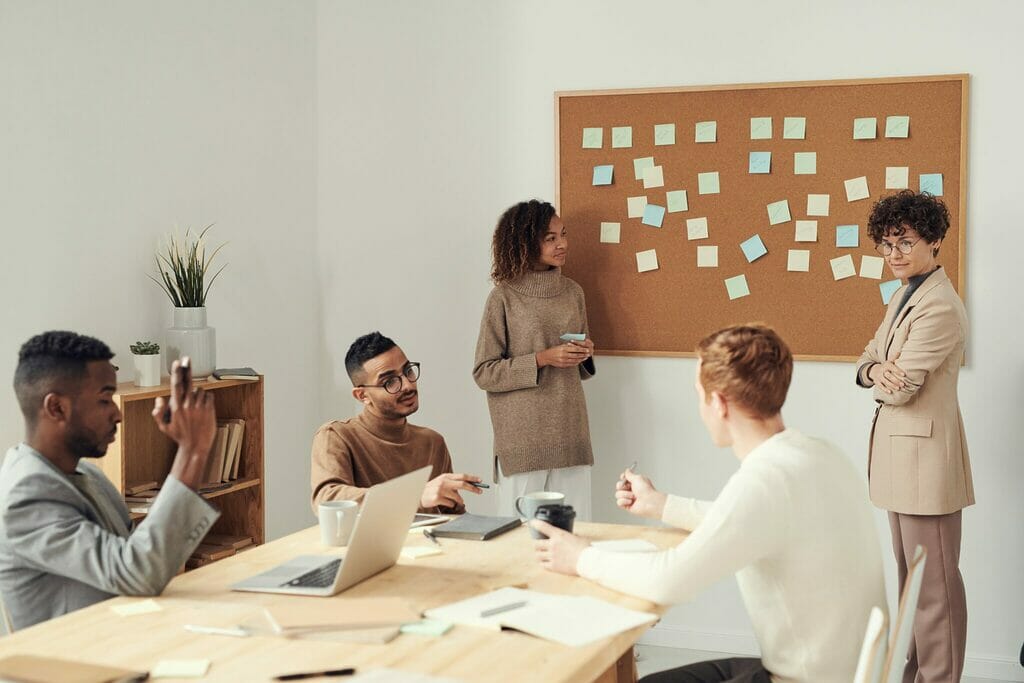
Table of Contents
Understand – explore – decide
Let’s say you identify an issue that you think needs to be addressed or a problem that needs to be solved. How do you go from noticing the issue to making a decision? The problem-solving process laid out here is intended for issues that are more complex than just a simple tweak. Let’s imagine, for example, that you notice that, lately, more people have been sick, and you have a feeling that it has to do with the workload in the organization. You’re alarmed, and you bring it to the group that deals with these kinds of issues.
Before we look more at this example, let’s revisit the simple difference between understanding – exploration and deciding.
- Understanding is the process of, well, understanding what’s needed or happening in a situation.
- Exploration is where we might brainstorm opinions or ideas about the topic at hand.
- In decisions, we approve a plan of action or a policy.
These building blocks nest – the “highest one” contains all the previous ones. To make a decision, we go through questions, reactions and consent, which corresponds to understand – explore – decide.
Please read more for more context.
Nesting the phases
On a broad level, to tackle an issue, we need first to understand what we’re trying to solve, then brainstorm solutions and then decide.

What’s really useful, and they are also nested: whenever we have a phase, we can break it down into understand-explore-decide again (instead of “decide,” one might also use “choose” or “synthesize”).
To work through solving a problem to completion, , the most useful “zoom” level is below, where we consider one more nested level. The understand phase falls into the three phases again and so on.

Problem-solving steps
To explain how to solve a problem, it’s best to go back to our example of an unusually high number of work days lost due to illness in an organization. As explained above, we need to make sure we’re addressing this topic where it belongs, and that depends on the domain of the group. Let’s assume this lives in a circle (committee) called Wellbeing Circle.
Someone notices the unusually high number of sick people and brings the topic to the circle. The process will move through the phases of understand-explore-decide, with nested steps of understand-explore-decide for each phase.
Understand
In step 1 (understand), this person will now report what they’ve noticed. Others might have information to share as well.
In step 2 – the exploration stage of the understanding phase – the circle might do a round or two to understand what might be the underlying issue. This is not about solutions but about understanding the root causes or underlying needs. Let’s assume that the group is convinced that it’s because of too high of a workload.
Step 3 (synthesize) can be short or long. All we need is a good synthesis of the problem we’re trying to solve. That might mean that the facilitator summarizes or that we formally approve a statement – or something in between. In our example, it might mean that the group nods when the facilitator says, “Ok, so it looks like everyone agrees that the high workload is the reason behind the higher sick numbers and that we need to mitigate that somehow.”
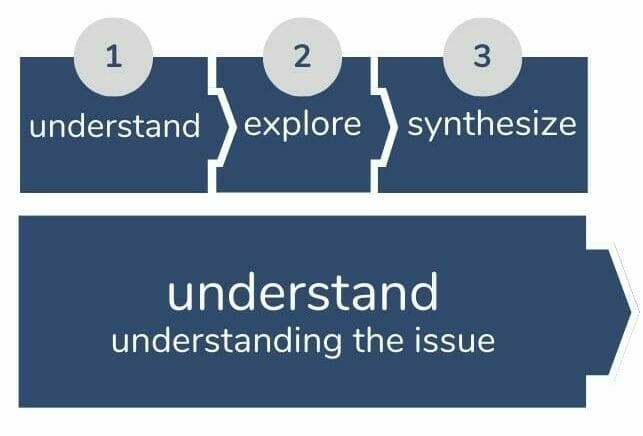
Explore
Now we’re ready to go to exploring solutions. In step 4, we try and understand the solution space – what are the things we need to cover to make a good proposal? In sociocracy, that’s called picture forming.
In this case, the list might look something like:
- When reducing the workload, what can we reduce?
- Do we need to hire extra people?
- Ways to increase well-being.
- Ways to help us focus and prioritize.
In step 5, we brainstorm specific solutions on each of our list items. For example:
- Reducing workload, what can we reduce?
- Let’s put off Project C until next year.
- Reduce the number of people working on Project B.
- Hire extra people?
- Hire admin person for Project A.
- Other ways to increase wellbeing?
- Offer a mindfulness class.
- Have an open zoom room for lunch hour so people can connect.
- …
- Ways to help focus and prioritize
- Send an email to check in and see who needs someone to talk through their personal workload.
- Revive the old prioritization system.
- Send info about the old prioritization system.
Those proposal ideas get synthesized into one proposal (or several proposals) in Step 6. In this case, they might deal with Project prioritization separately and build a proposal out of the last 5 ideas.
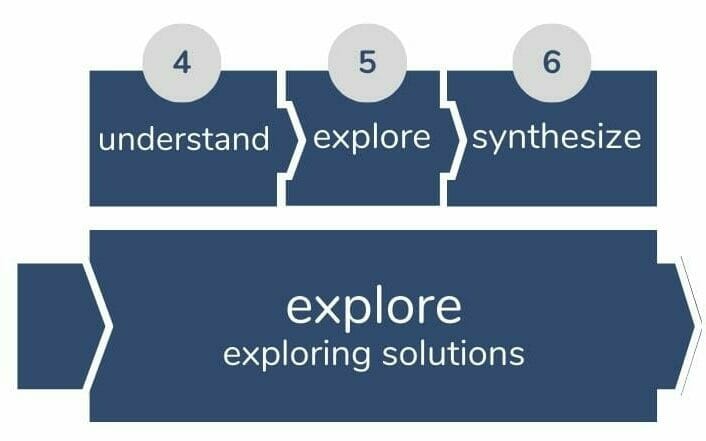
Decide
Now we enter the consent process with understanding the proposal, reactions (aka exploration), and the final decision moment in the usual way (read about the consent process).
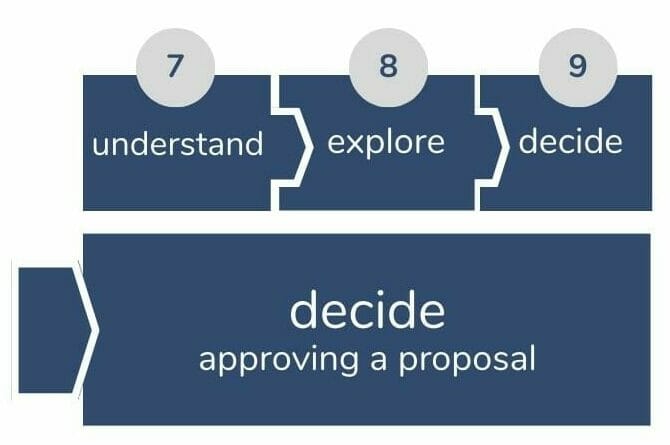
How to use the problem-solving phases
In my experience, it’s a great idea to run those 3 phases in separate meetings. After each phase, there is a “product” that people can sit with – after Phase 1, a statement describing the issue and the need. After Phase 2, it’s the draft proposal.
Alternatively and to save meeting time, those pieces can also be written between meetings. In Phase 1, one person would take the input and craft a needs statement out of the input in step 2. In Phase 2, someone could synthesize the proposal pieces from step 5 and share a draft proposal asynchronously. That way, everyone can come prepared for the third meeting to make a decision.

Advanced level: add outside feedback
With complex issues, the group might choose to ask for additional input from people outside of the circle. There are many good moments to ask for feedback or do more research:
Understanding the issue
- Step 1: Getting more input on the data, or hearing more reports from other people
- Step 2: Asking others what they think the underlying causes are
- Step 3: Running the statement by other people ask asking them whether the statement seems to describe a problem accurately
Exploring solutions
- Step 4: Asking for more dimensions for the list. Is there anything the circle hasn’t considered looking at?
- Step 5: Are there other proposal ideas?
- Step 6: Sharing the draft proposal and asking for feedback on it.
Of course, a circle will not ask 6 times, so they will likely pick and choose when it makes most sense to ask for feedback or research more information.
This dance between the circle and the wider organization strengthens the trust relationships in the system because everyone’s input can be heard, and people are informed about what’s happening.
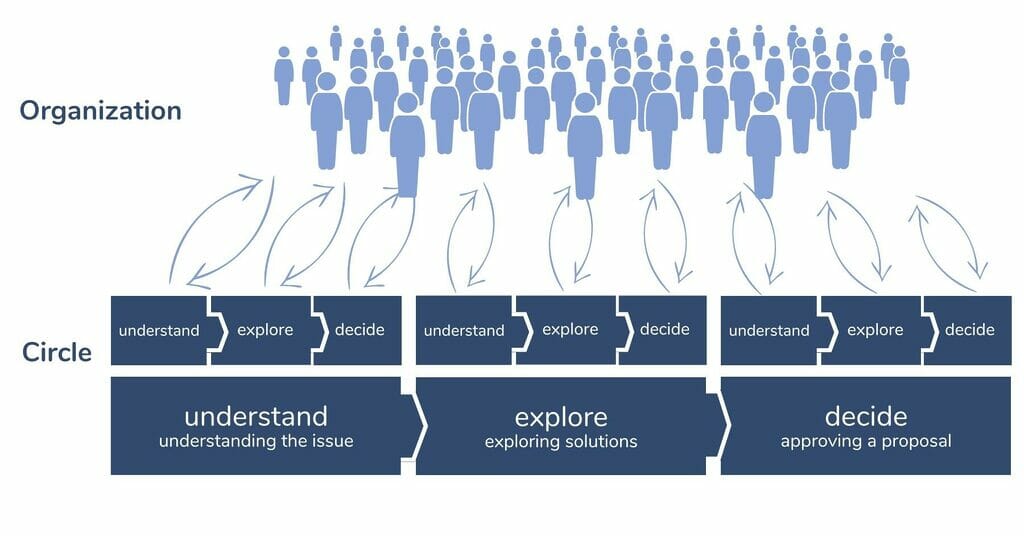
Adapting this problem-solving structure
That’s the roadmap for moving a topic from noticing to a ready-made decision. The problem-solving process might not go as smoothly as described here. Maybe some phases can be reduced to the minimum when things are easy, like an accordion that can expand and contract. Some parts might only take a few minutes; some parts might take longer.
Here’s an example of what it might look like when a group goes through the early exploration quite quickly with a short round in the middle; in phase 2, the group gets organization feedback on the draft. Phase 3 in this example takes a bit longer than usual because of an objection in the last step.
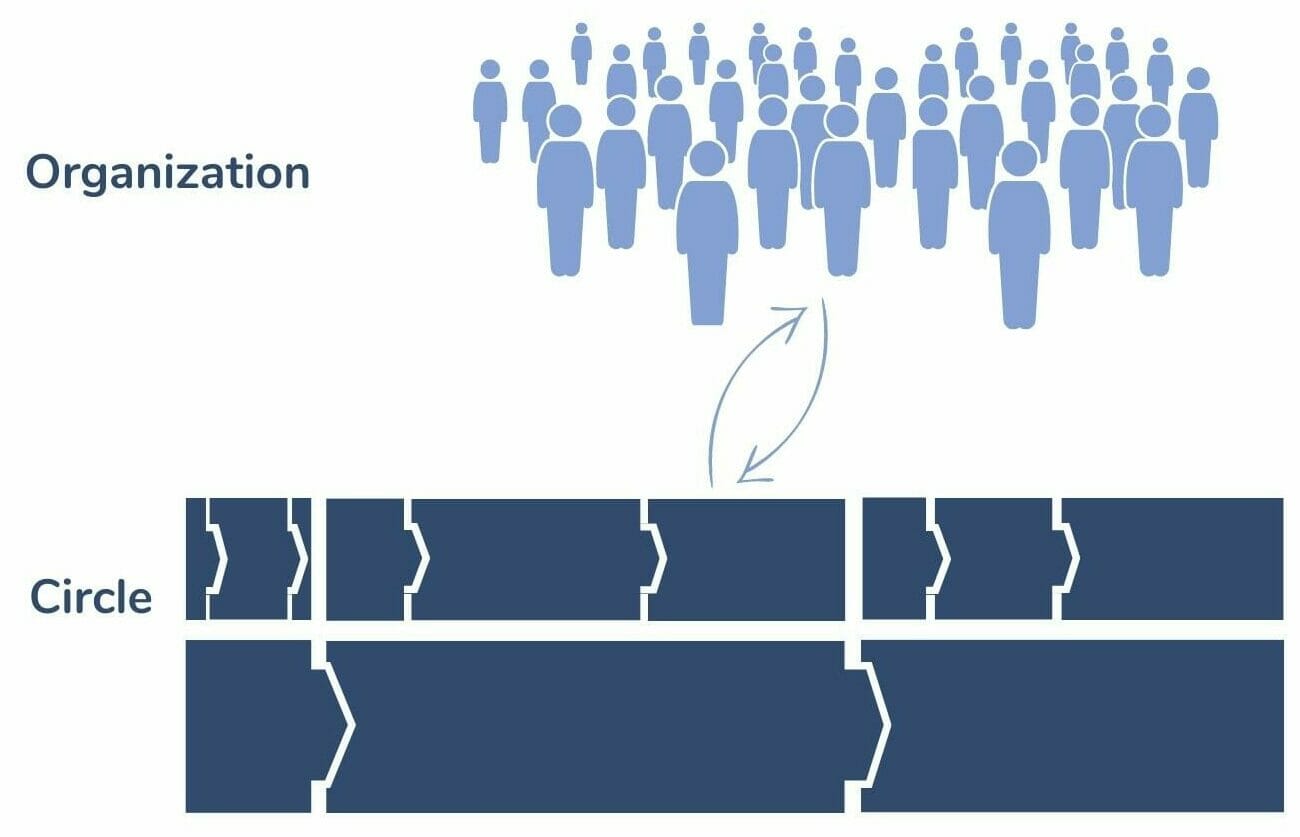
Playing together
To me, knowing these underlying patterns of decision-making are like knowing the scales in music. Everyone can hit keys on a piano but if we want to play beautifully or with others, it helps to stick to patterns. This helps provide structure for others to plug in, riff off, and expand on the music. Then we can choose where we as a group want to focus our energy.
Learn more about facilitation in sociocracy through our facilitation training
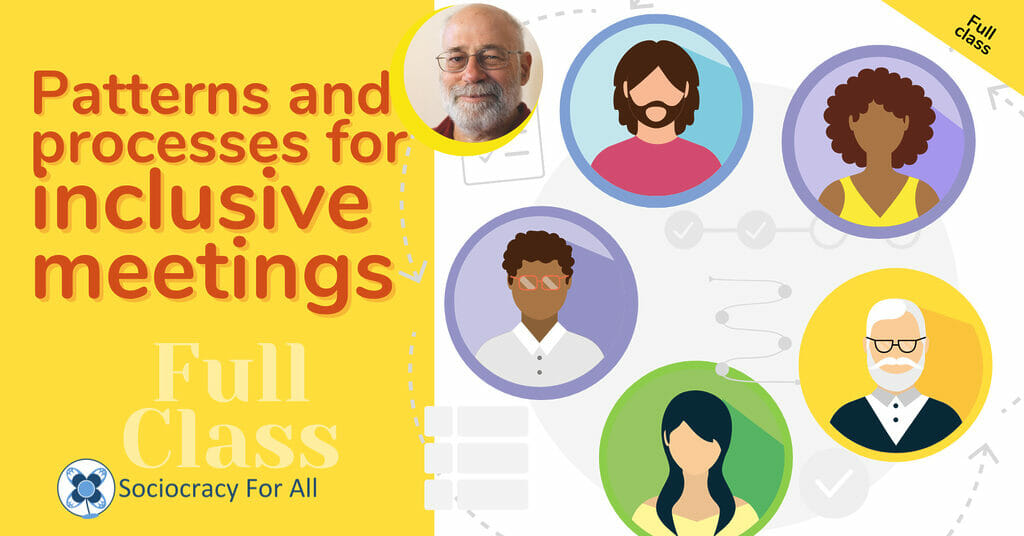


Leave a Reply
You must be logged in to post a comment.